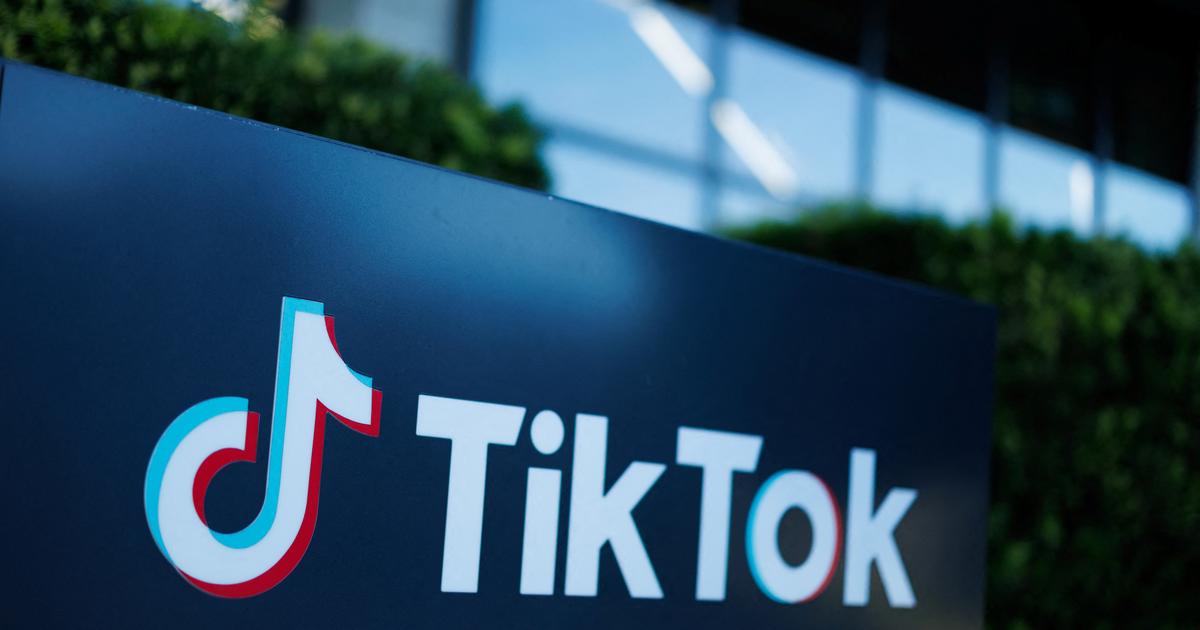The relationship between politicians and YouTube users is not always easy: the community can be relentless. The CDU noted that before the European elections, when the creator Rezo criticized the party's policies with a video that has now been clicked 16 million times. And also the CSU got it when their new YouTube format "CSYou" had to take a lot of pains.
That political videos get a lot of attention on YouTube is the exception. As a data analysis of SPIEGEL shows, users prefer to remain in their communities among themselves and rarely in other political bubbles.
The analysis included videos released in July or August 2019 on one of the 30 most popular political YouTube channels. Among them are channels like "MrWissen2go", "Jung & Naiv", "The Missing Part" or "Tichy's Insight". For each of these channels, the comments were collected from among the ten most-watched videos. And at first glance, the total of more than 230,000 comments coming from just under 70,000 users seem like a diverse debate.
Few users write most comments
If you look more closely at the data, this apparent diversity shrinks to a small group of opinionated users. Only a tiny portion of the audience even writes a comment: on one thousand views on one of the analyzed videos came on average just eleven comments.
In turn, in this small group of commenting users, a large proportion of users - at least in those comment sections of the videos examined - held back very much: More than half of the accounts (56 percent) wrote only a single comment. At the same time, the ten percent of users who wrote the most comments were responsible for more than half of the comments they made.
Almost 800 comments come from the most active user alone - he left them all in just two videos. This is not unusual in the political section of YouTube: just under a third of the commentators have participated in more than one video in the discussion.
And the vast majority of these users do not move outside their own community. Overall, only a quarter of the respondents were active on more than one channel. And even if users are on other channels as well, almost exclusively on those with a similar political orientation. Just six percent of the total of more than 70,000 commentators posted videos of channels from different political spheres. But that does not mean that the other 94 percent are only in their own community. So it is quite possible that they watch videos outside of their bubble - but without commenting.
The result of this analysis coincides with various research on filter bubbles and echo chambers. In a study published in 2018, Jonas Kaiser and Adrian Rauchfleisch show how a right-wing extremist bubble has formed on YouTube. Not only in the USA, but also in Germany.
Parties play almost no role on YouTube
In addition, one must say goodbye to YouTube on the idea that politicians and parties initiate social debates: Of them, there are almost no offers among the most widely subscribed political channels. Only the SPD MEP Tiemo Wölken (just under 45,000) and the AFD member of parliament Corinna Miazga (38,000) can show as an individual quite high subscriber numbers.
Political actors generally only reach a few people with their videos on YouTube, which is confirmed by an analysis of the Friedrich Ebert Foundation for the 2019 European election campaign. The German parties would not have been able to be on YouTube "with their content visible" - and if, then only with a lot of money for advertising. Only the AfD with its main channel "AfD compact TV" is one of the most subscribed political channels on the video platform. The party encounters fertile ground here. Many of the most widely subscribed political channels on YouTube have similar positions.
More than two million copies of the "AfD Kompakt TV" videos published in July and August were clicked. The videos of the other parties represented in the Bundestag came together not even 50,000 clicks. The SPD did not release a single video during this period. Not all parties are interested in a discussion: CSU, FDP and Greens have disabled the comment function under their videos.
Given the commenting culture on YouTube, this step is not surprising. A spokesman for the FDP said on request, that among the videos of the party hardly any dialogue on the topics took place. Rather, the comments were used for campaigns of political opponents, complains the spokesman.
From the pure numbers can not be read namely the quality of the contributions. Hate speech and verbal abuse are the norm under political videos. To be observed by the user who left the most comments in the two months. Above all, he was busy offending other users.
Which data is the basis of the evaluation?
The analysis included the 30 most subscribed YouTube channels that deal mainly with politics. Offers of classical media were not included. The YouTube API has been used to download more than 230,000 comments on each of the up to ten most watched videos on the channels, released in July or August 2019.
Which channels have been included in the analysis?
Comments were made on the following channels: 451 degrees, Achgut.Pogo, AfD compact TV, AFD parliamentary group, Carsten Jahn, Charles Kruger, Corinna Miazga MP, The Missing Part, Germany3000, Free Propaganda, Junge Freiheit Verlag, KenFM, Kopp Verlag , LeFloid, MinderestingPictures, MrWissen2go, NachDenkSeiten, Nuo7, NuoViso.TV, Oli, Privatinvestor Politics Special, Rayk Anders, Tichy Insight, Tiemo Wölken, Tilo Jung, UNBLOGD, Knowledge Factory, eingSCHENKt.tv
Which statements can not be made based on the data?
The comments do not allow conclusions about the actual composition of the audience. However, the study by Kaiser and Rauchfleisch indicates that the audience of videos also tends to stay in their own community due to the YouTube algorithm.














